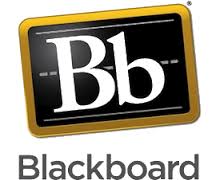Free Tutoring @TLC
No Appointment Needed
Palomar College offers free, walkin tutoring in the
Teaching & Learning Center (TLC) at the Escondido Center.
In Addition to providing a quiet, comfortable space to work in where you can get tutor help, TLC has three small rooms for group study, wireless internet, computers, printing stations and more. Come check it out!
View details »
Free Tutoring @ MLC
No Appointment Needed
Palomar College also offers free, walkin tutoring in the Math Learning Center (MLC) in E-2 at the San Marcos Campus,
8 am -- 3 pm Monday through Thursday,
Closed on Friday
Closed on Saturday.
(760) 744-1150 ext. 2718
The MLC is located in the E Building, Room 2.
View details »
 Welcome Students!
Welcome Students!


